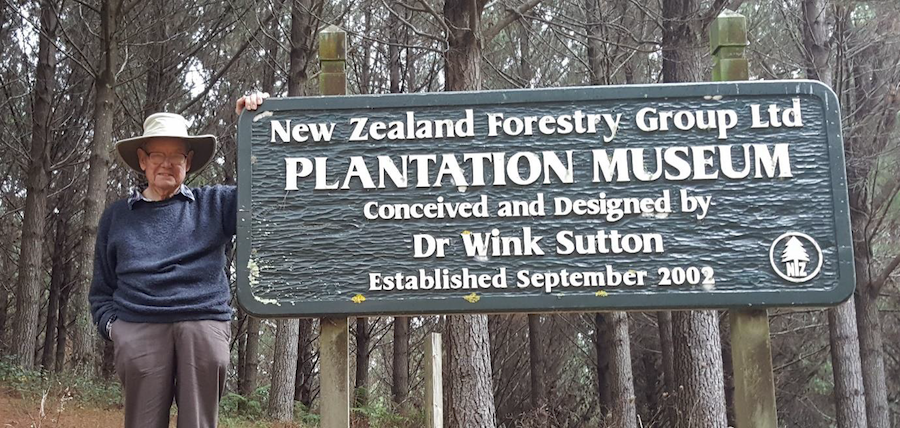Is there an environmentally acceptable alternative to wood?
From New Zealand Tree grower February 2016

In the 1990s I was on a two-year secondment to the Canadian Forest Service from Fletcher Challenge Forests. On a mid-term return to New Zealand I had a meeting with one of the leaders of the New Zealand’s environmental movement. After 10 minutes of general discussion she stated that she did not like what Fletcher Challenge was doing in Canada. Instead of defending Canadian forestry practices I responded along the lines that part of my responsibility in Fletcher Challenge was to evaluate alternatives to wood − these may provide excellent investment opportunities for the company.
As an environmental leader I then asked her, perhaps unfairly in hindsight, what she would recommend as an environmentally acceptable alternative to wood.
No alternatives
She did not like this kind of questioning. She said I must know such alternatives. I replied that I did, but I wanted someone from the environmental movement to recommend what wood alternatives we should use. Finally, she said hemp. My response was that hemp was not an environmentally acceptable wood substitute. Hemp had to be grown as a monoculture, something most environmentalists generally opposed. Hemp required farmland or permanently trashed indigenous forest. Anyway, hemp was a fibre substitute. I wanted her recommendation a solid wood substitute.
She took a long time responding but finally she said concrete. My response was that I could not believe an environmental leader could be so environmentally irresponsible It would not have mattered what she recommended as an environmentally acceptable alternative to wood because I was confident there are none.
A remarkable material
Wood is a truly remarkable raw material.Trees extract carbon dioxide from the air, take rainwater from the soil, then, in the presence of sunlight transform these through the process of photosynthesis to ultimately manufacture wood. Wood is a cellular structure that is not only of great strength for its weight but is also flexible. If wood was more rigid trees would be unable to bend and so be more susceptible to wind damage during storms.
When wood is used as a fuel we not only release carbon dioxide and water back into the atmosphere but also heat – essentially the sunlight stored in the process of photosynthesis to form the wood. When wood is used industrially such as for wooden structures or furniture minimal energy is required for manufacture. For wood end uses which require that wood be broken down into smaller and smaller particle sizes, more external energy is required. If the forest is managed responsibly with the volume of wood harvested not greater than the forest is growing, then wood production is sustainable.
There is no environmentally acceptable alternative to wood.
Disclaimer: Personal views expressed in this blog are those of the writers and do not necessarily represent those of the NZ Farm Forestry Association.

No posts yet
Add a post